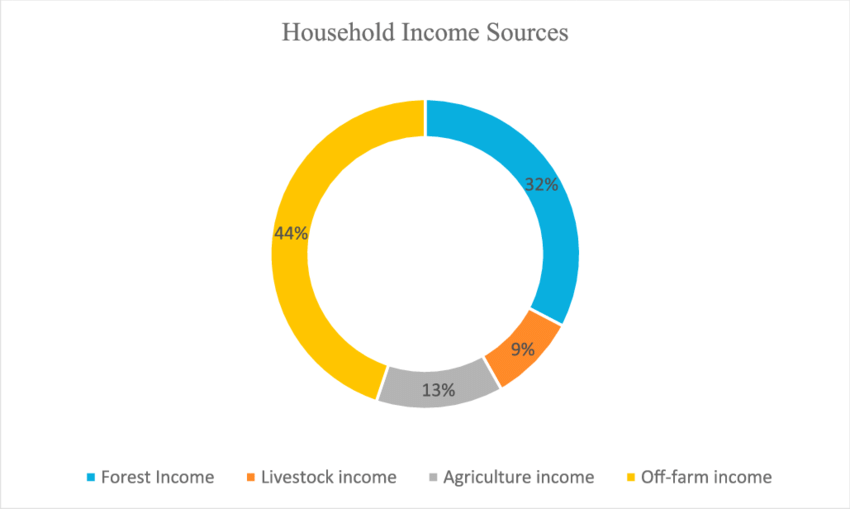Diversifying Revenue Streams: A Guide for Rural Living and Homesteading
Living a rural lifestyle and running a homestead can be incredibly rewarding, but it also comes with its fair share of challenges. One of the biggest obstacles faced by many rural dwellers is the need to generate multiple streams of income. Relying solely on one source of revenue can leave you vulnerable to economic fluctuations or unexpected setbacks. That’s why diversifying your revenue streams is crucial for long-term stability and success.
1. Agriculture and Livestock
One of the most obvious ways to generate income in a rural setting is through agriculture and livestock. Whether you have acres of farmland or just a small backyard garden, growing your own produce can provide not only food for your family but also surplus crops that can be sold at local farmers’ markets or through community-supported agriculture (CSA) programs.
Additionally, consider raising livestock such as chickens, cows, pigs, or goats. By selling eggs, milk, meat products, or even breeding stock, you can tap into a steady market demand while utilizing available resources on your land.
2. Value-Added Products
If you’re already producing agricultural goods on your homestead, consider taking it one step further by creating value-added products. For example, instead of just selling fresh vegetables at the market, explore options like making homemade preserves or pickles from surplus produce.
Similarly, if you have access to dairy animals like cows or goats, try your hand at cheese-making. These value-added products often fetch higher prices in the marketplace due to their uniqueness and craftsmanship.
3. Agri-Tourism
Rural areas are often sought after by people looking to escape city life temporarily and immerse themselves in nature. Capitalize on this trend by offering agri-tourism activities on your property.
You could host farm tours where visitors get hands-on experience milking cows or collecting eggs; set up a farm stay accommodation for vacationers who want an authentic rural experience; or even organize workshops on topics like organic gardening or sustainable living.
4. Homesteading Skills
As a homesteader, you’ve likely acquired a range of practical skills that can be monetized. Consider offering classes or workshops to teach others how to do what you do.
Whether it’s canning and preserving, woodworking, soap-making, beekeeping, or off-grid living techniques – there are people eager to learn these skills. You could offer in-person sessions on your property or create online courses that reach a wider audience.
5. Natural Resources
Rural areas often have an abundance of natural resources that can be utilized for additional income streams. For instance, if you have access to forests on your property, consider selling firewood to locals during the winter months.
Alternatively, if you’re surrounded by scenic landscapes and wildlife-rich environments, explore options like guided hunting or fishing trips for outdoor enthusiasts.
6. Cottage Industries
If you possess artistic talents such as painting, pottery making, knitting, sewing, or any other craft-based skills – turn them into profitable cottage industries. Create unique handmade products that appeal to consumers seeking local and artisanal goods.
Promote your creations through social media platforms and local craft fairs. You could also consider setting up an online store through platforms like Etsy to expand your customer base beyond your immediate community.
7. Rental Income
If you have extra space on your property such as a detached guesthouse or unused barns/sheds – consider renting them out for additional income. Short-term rentals through vacation rental websites like Airbnb can provide a significant boost to your revenue stream while accommodating travelers looking for a rustic getaway experience.
However, before venturing into this option ensure that local regulations permit short-term rentals in your area and make sure all necessary permits and licenses are obtained beforehand.
In conclusion,
Diversifying revenue streams is crucial for the long-term sustainability of your rural living and homesteading lifestyle. By exploring different avenues such as agriculture, value-added products, agri-tourism, sharing your skills, harnessing natural resources, cottage industries, and rental income – you can create a more resilient and financially stable future. Remember to assess the feasibility of each option based on your available resources, market demand, and personal interests. With careful planning and creativity, you can build multiple streams of income that support both your livelihood and love for rural living.


Leave a comment